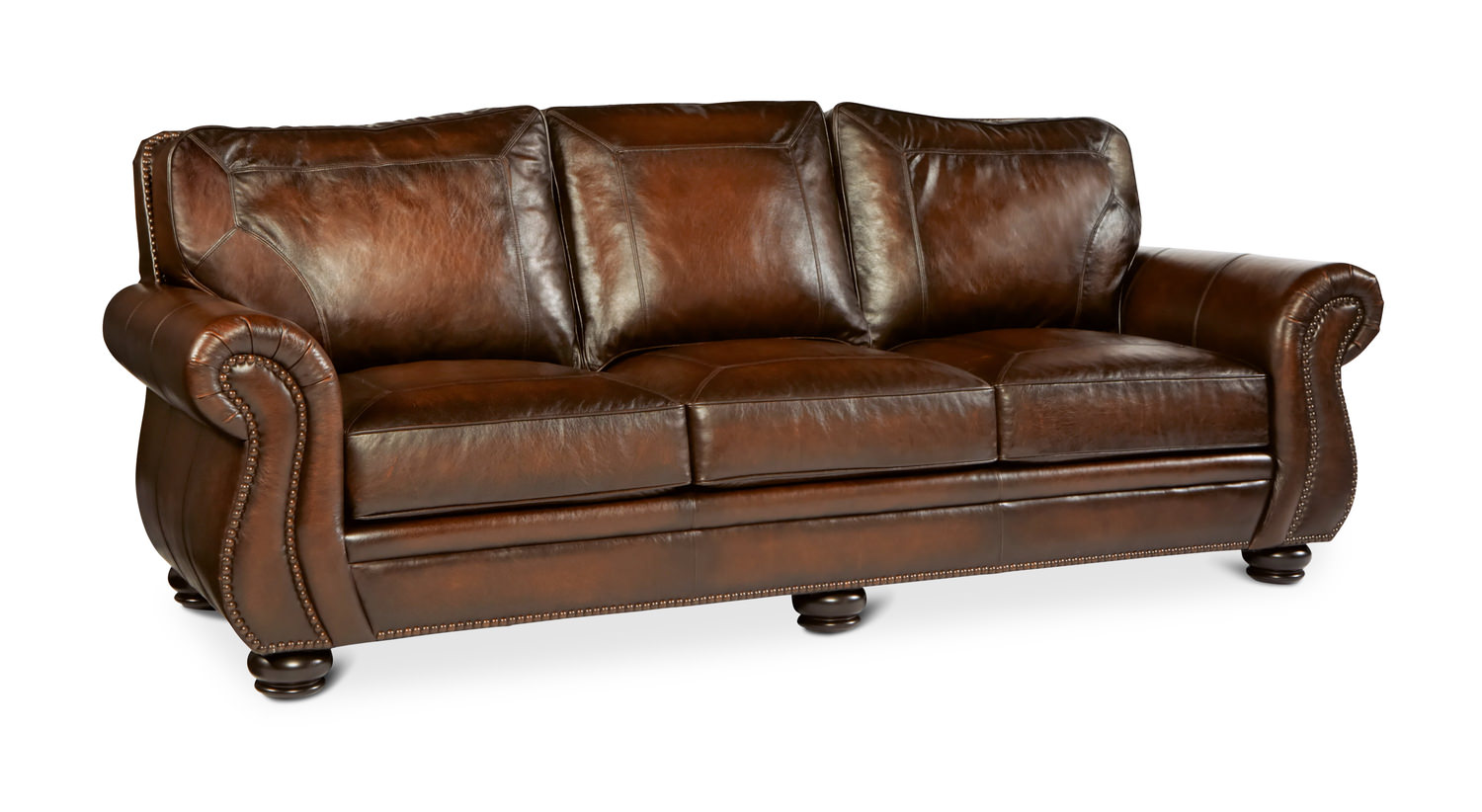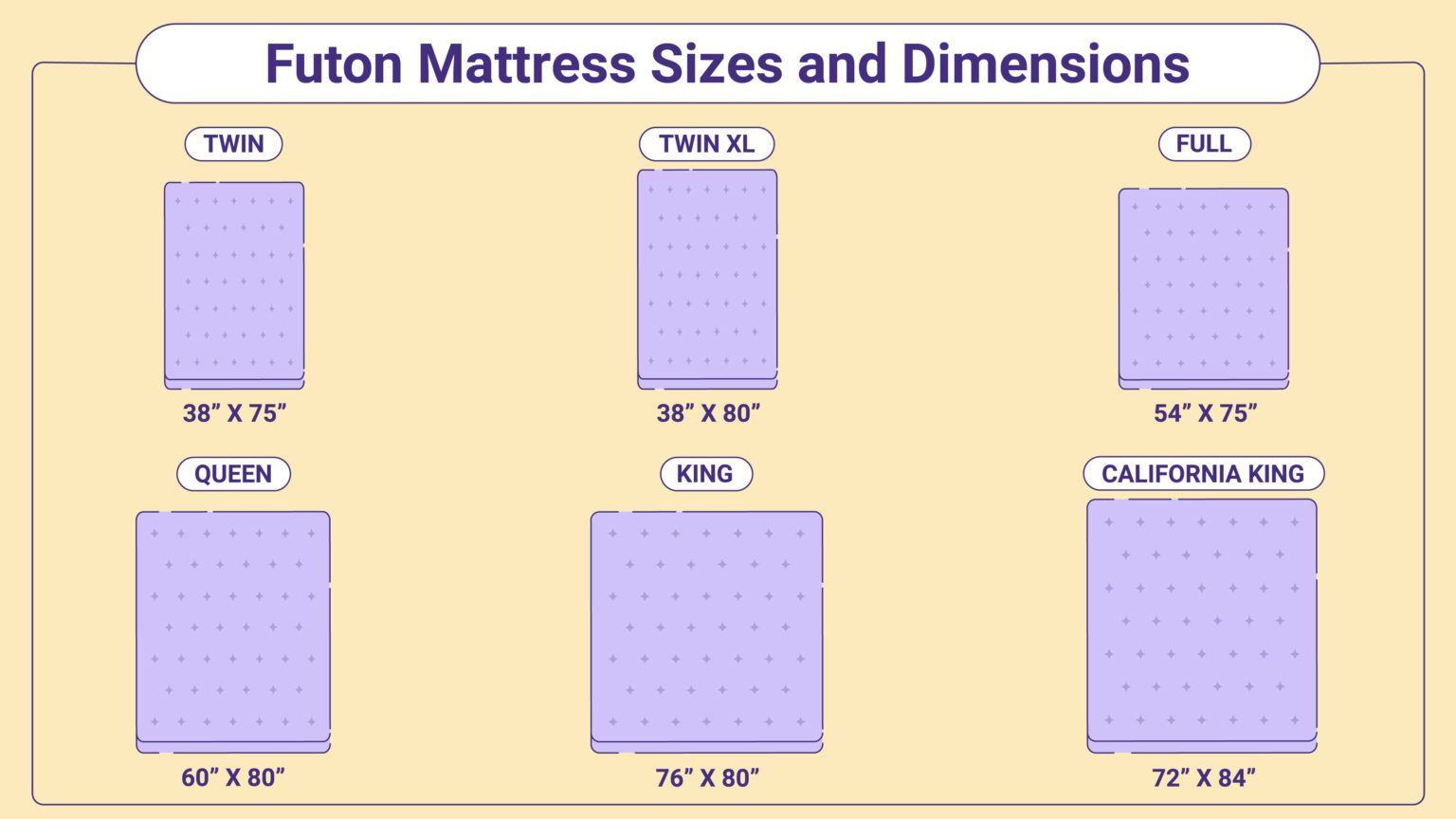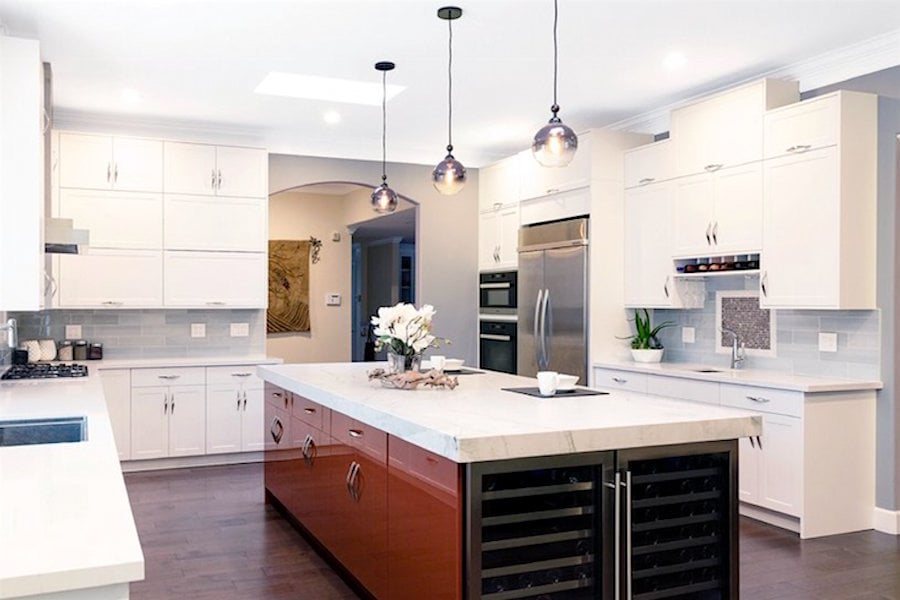Plan and Design Your Tiny House
Art Deco style is an inspiration for many tiny house designs. Designed in the 20s, this eclectic and opulent style exudes a modern flair with its minimalistic and curved shapes, industrial elements, and unexpected details. Art Deco is perfect for any tiny house, especially those with limited space, as the large windows and design elements found in this style can make the home appear larger. Art Deco tiny house designs all feature the same core elements, though the details can be quite varied. Let's take a look at some of the top 10 Art Deco tiny house designs.
When it comes to planning and designing your tiny house, there are a number of things to consider. Before you begin, you should create a detailed plan and budget, decide where your tiny house will be located, and decide the size and style you’d like to build. Sketch your ideas and create a list of building materials you’ll need. It’s also helpful to look at pictures of tiny houses, like the Art Deco tiny houses listed here, to get inspiration and ideas.
Choose the Right Tiny House Building Materials
Once you have a plan in place, it’s time to choose the right building materials for your tiny house. Because of the limited space, you’ll want to build your house using lightweight materials. Plywood and particleboard are great choices for wall and floor construction. You can also use metal for framing and roofing. Consider using low maintenance materials that are easy to clean and require minimal upkeep. If your tiny house will be mobile, you’ll also want to choose durable materials that can handle the bumps and bounces of the road.
When selecting materials for finishing, look for natural products that look great and will stand the test of time. For instance, you can use a natural wood trim or stone countertop for a classic Art Deco look. Some flooring materials, such as laminate, can even mimic expensive materials, like marble, without breaking your budget. Don’t forget to consider any unique details, like stained glass windows or ceiling medallions, that will make your house truly unique.
Foundations and Chassis for Tiny Houses
When it comes to the structure of your tiny house, you have two options: foundations and chassis. Foundations are typically made of cement blocks or poured concrete, depending on the size and weight of the house. Chassis are typically metal frames that support the walls and roof. Whether you choose a foundation or a chassis for your tiny house, make sure it’s strong enough to support the structure. It’s also important to make sure your foundation or chassis is level, so your house doesn’t lean or shift over time.
If your house will be mobile, you’ll also want to make sure your wheels are strong and properly aligned for the road. You may also want to add shock absorbers, so your house won’t shake and rattle on the road.
Structural Components for Tiny House Construction
When it comes to building your tiny house, you will need certain structural components to finish your home. Depending on your plans, you may need to install support columns, walls, and roof trusses. Make sure to select quality materials and properly install each element, so your house is safe and sound for years to come.
Don’t forget about exterior components, like railings, stairs, and decks. You can use wood, metal, or a combination of both materials when creating these elements. Keep in mind, though, that you’ll want to use durable materials that are designed to withstand the elements. You’ll also want to make sure your exterior components are securely anchored to the main structure.
Insulating and Weatherproofing Your Tiny Home
Adding insulation to your tiny house is a great way to keep it comfortable all year round. Insulation will help keep the heat in during the winter and keep the cool air in during the summer. There are many types of insulation, like foam boards, spray foam, and fiberglass mats, which can be applied in the walls, floors, and ceilings. In addition, make sure your house is properly weatherproofed, so water won’t seep in and cause damage.
Weatherproofing includes making sure windows, doors, and roof are properly sealed. You may also want to consider adding a rainwater collection system, so you can use rainwater for your home. For extreme weather, you should also consider installing storm windows and shutters to protect your tiny house.
Electrical, Plumbing, and Mechanical Systems in Tiny Houses
The electrical, plumbing, and mechanical systems in a tiny house are just as important as any other part of the house. When installing these systems, make sure to use quality materials and hire a qualified contractor. The electrical system should include proper lighting, outlets, and fans. Plumbing should include the necessary pipes and fixtures for your bathrooms, kitchen, and laundry. You may also want to consider adding a greywater system, so you can use the water from showers and sinks for plants and other uses. Finally, the mechanical system should include heating and cooling, if necessary.
Don’t forget to install smoke alarms and carbon monoxide detectors throughout your tiny house as well. These devices can alert you to potential hazards and keep your tiny house safe.
Interior Design Tips for Tiny Houses
When it comes to Art Deco tiny houses, the interior design should be just as spectacular as the exterior. To create an interior reminiscent of the Art Deco era, consider using natural materials, like wood and stone, for accents and built-in features. Windows should be large to allow plenty of natural light in, and furniture should have curved lines and elaborate details. Make sure to paint the walls a light hue to give the illusion of a larger space.
Don’t forget the detailing that comes with Art Deco style. Consider adding accessories, like sculptures, vases, and mirrors. Hang works of art on the walls, and introduce modern and vintage elements to give the space a unique and eclectic look.
Creating an Outdoor Living Space for Your Tiny House
Creating an outdoor living space for your tiny house is a great way to expand your living space without taking up additional interior space. If you’re building your tiny house on a trailer, you can build a deck attached to the trailer, or you can build a standalone deck near your tiny home. Make sure to construct the deck with durable and weather-proof materials. You can also add furniture, plants, and other outdoor elements to make your outdoor space more inviting.
If your tiny house isn’t on a trailer, consider building a patio or screened-in porch. Choose the desired materials, such as slab or paver patio, and add furniture, lighting, and plants to create a cozy and inviting outdoor area. You can also use lights on steps or pathways to create an interesting nighttime look.
Tiny House Design Checklist
Now that you have some ideas for your Art Deco tiny house design, it’s time to pull it all together. Before you start building, make sure to create a checklist of all the components and materials you’ll need. This ensures you don’t miss any important details and that everything is accounted for.
Your checklist should include things like framing materials, insulation, flooring, windows, doors, plumbing, and electrical components. You’ll also need to make sure you have the necessary tools and hardware, like saws, hammers, nails, and screws. Finally, consider the decorating elements you’ll need, like furniture, artwork, and accessories.
Hire a Tiny House Builder
When it comes to building a tiny house, it’s important to hire a qualified builder. Look for someone with experience building tiny houses, and ask for references or reviews from previous clients. Make sure the builder you choose is familiar with building codes in your area and can provide the necessary permits. Don’t be afraid to ask questions about the process and find out how long it will take to complete the project.
Also, make sure the builder has a good understanding of the style you’re going for. It helps to take pictures of Art Deco tiny house designs you like. This way, the builder can make sure your tiny house will have the look and feel you’re going for.
Alternative Tiny House Designs and Styles
While Art Deco is a great style for tiny houses, there are other options as well. Consider eclectic styles, like vintage, Scandinavian, and modern. Try a rustic look with barn doors, wood beams, and vintage accents. For a minimalist vibe, incorporate sleek lines and bright colors in your design. You can also look at DIY projects and thrift store finds for unique design ideas.
Ultimately, the choice is yours. Feel free to mix and match design elements and experiment with different styles until you find the look that’s perfect for your tiny house. With a little bit of creativity and imagination, you can create a one-of-a-kind tiny house that reflects your personal style.
Tips on Designing and Building a Tiny House
 When designing your tiny house, the most important thing to consider is the overall layout. Consider the potential uses for the space you have and think about the size and number of rooms your tiny house should have. Make it Flexible enough to use the space for a bedroom, kitchen, bathroom, and living area as necessary. Keeping similar activities or spaces together can help your tiny house feel larger and more efficient. Mirrors are also a great way of making your tiny house appear bigger.
When it comes to space-saving solutions, you can look at items such as built-in cabinetry and drawers, built-in furniture, and unique storage ideas such as ladders or stairs with drawers underneath. For items you don't need often, you can store them in a separate shed or garage.
When designing your tiny house, the most important thing to consider is the overall layout. Consider the potential uses for the space you have and think about the size and number of rooms your tiny house should have. Make it Flexible enough to use the space for a bedroom, kitchen, bathroom, and living area as necessary. Keeping similar activities or spaces together can help your tiny house feel larger and more efficient. Mirrors are also a great way of making your tiny house appear bigger.
When it comes to space-saving solutions, you can look at items such as built-in cabinetry and drawers, built-in furniture, and unique storage ideas such as ladders or stairs with drawers underneath. For items you don't need often, you can store them in a separate shed or garage.
Ensure Sound insulation
 Ensuring sound insulation while building your tiny house is essential for your comfort. Add
insulation
to the walls and any other areas where sound may get through, especially on the walls and ceilings that are attached to other homes. Make sure to use materials that won’t allow moisture to get inside the walls of your tiny house by using moisture-resistant materials such as fiberglass,
foam insulation
, and rubber insulation.
Ensuring sound insulation while building your tiny house is essential for your comfort. Add
insulation
to the walls and any other areas where sound may get through, especially on the walls and ceilings that are attached to other homes. Make sure to use materials that won’t allow moisture to get inside the walls of your tiny house by using moisture-resistant materials such as fiberglass,
foam insulation
, and rubber insulation.
Pay Attention to Details
 Properly designed details can make a huge difference when it comes to tiny house design. Take into account the size of the doorways, the size and placement of windows, and the size of the furniture to ensure everything fits perfectly and conforms with the overall design. Being conscious of the small details when you design your tiny house will make it more comfortable and efficient.
Properly designed details can make a huge difference when it comes to tiny house design. Take into account the size of the doorways, the size and placement of windows, and the size of the furniture to ensure everything fits perfectly and conforms with the overall design. Being conscious of the small details when you design your tiny house will make it more comfortable and efficient.
Choose the Right Building Materials
 To ensure your tiny house lasts for years to come, make sure to use durable and weather-resistant building materials. Look for materials that are lightweight yet durable, such as stainless steel, aluminum, and
vinyl siding
. Choose materials that are easy to maintain and won’t need to be replaced for years, such as wood, stone, and concrete.
To ensure your tiny house lasts for years to come, make sure to use durable and weather-resistant building materials. Look for materials that are lightweight yet durable, such as stainless steel, aluminum, and
vinyl siding
. Choose materials that are easy to maintain and won’t need to be replaced for years, such as wood, stone, and concrete.






























































































































